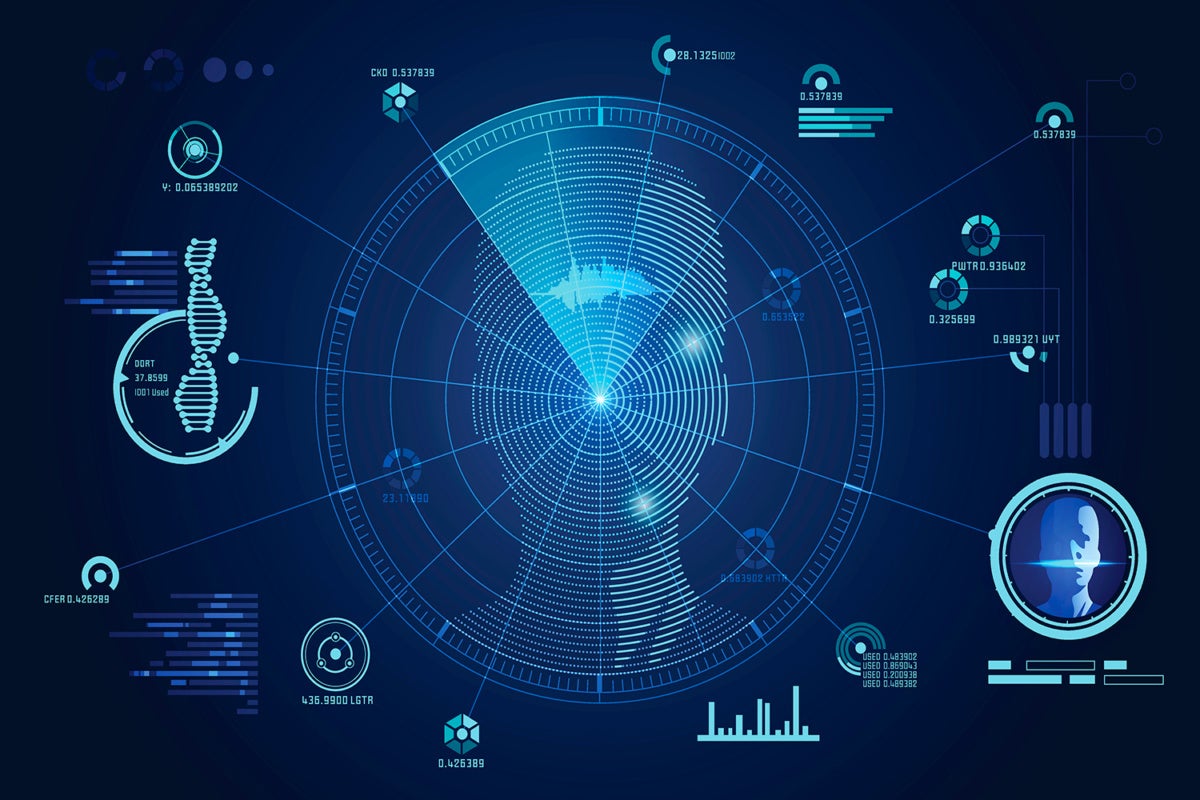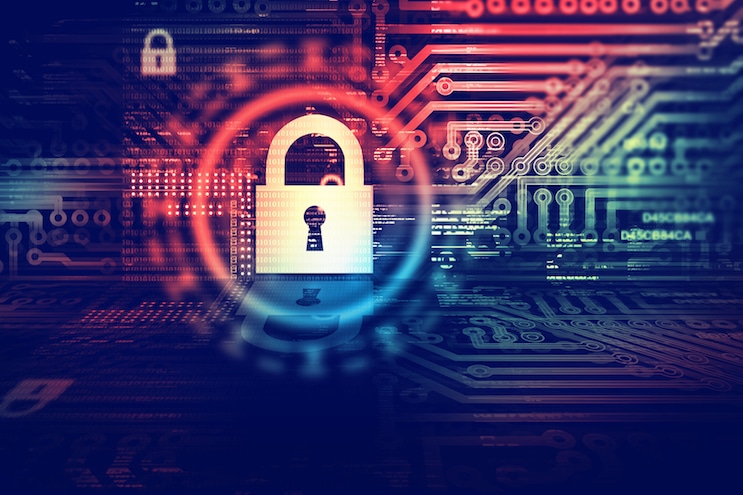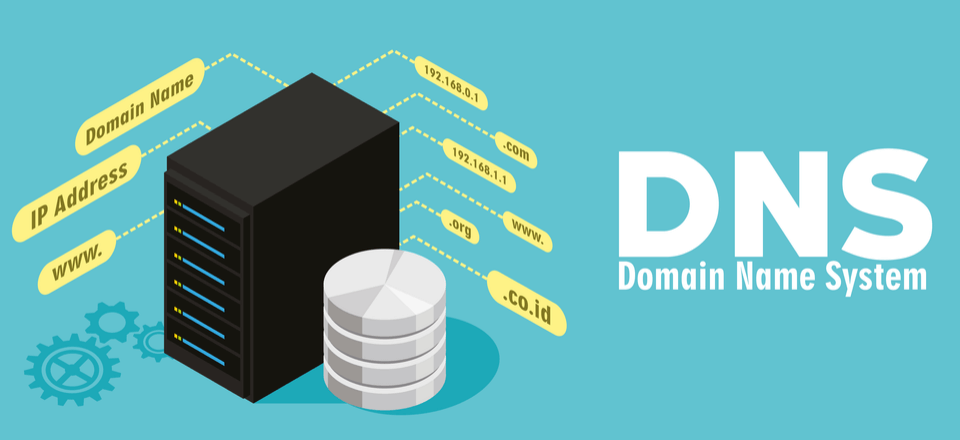Want to know how online cybersecurity is about to change in the near future? Then have a quick look at these 5 upcoming trends to follow.
The internet never stops growing, and neither do the risks associated with using it. Luckily, security firms are working around the clock to come up with new ideas to foil malicious cybercriminals. Cybersecurity is constantly evolving in order to adapt to the many growing risks out there.
So it’s super important to stay up to date with the latest trends in the industry. Staying safe in the cyber realm is all about staying ahead of the slowest runners, after all. Since hackers prefer easy quarry, they are unlikely to go to great lengths to target one individual. Instead, they’ll simply move on.
That’s precisely why it’s important to reflect on new changes to online security standards. Here are five trends that are starting to gain a lot of traction in cybersecurity circles.
5 Growing Cybersecurity Trends To Watch Out For
1. Identity and Access Control Takes the Front Seat
One of the most significant factors in current cybersecurity breaches is remote access by the wrong individual’s thanks to leaked passwords. According to Verizon’s 2019 data breach report, weak and stolen passwords are responsible for 81% of breaches. Thus those in cybersecurity circles have pinpointed identity security and stronger access control as some of the focus areas going forward.

There’s a definite shift in the industry toward advocating for better password security implementations. Developers have responded with tools like password managers, multi-factor authentication, and biometric identity tools like fingerprint and face ID.
2. Multi-Factor Authentication Will Be Widely Adopted
Two-factor authentication is an already powerful tool that many platforms provide for their customers. However, up until now, most people haven’t been making the most of this additional layer of security.
But the landscape of cybersecurity awareness is quickly changing, and people are more aware now than they were a year ago. Multi-factor authentication is taking center stage as more platforms start turning toward this easy method for keeping hackers at bay.
User adoption of tools like 2FA is starting to increase as more platforms start putting authentication methods in the spotlight. Especially as a deterrent to the steady threat of stolen passwords.
3. Anonymity Is Security With the Best VPNs
As the IoT grows in popularity, so does the risks it poses. A lot of headway has been made in terms of network security, but hackers are shifting their focus. Instead, they will be looking toward poorly secured endpoint devices that offer an easily exploited vulnerability. Traditional endpoint security isn’t holding up the wall anymore either. Absolute’s 2019 Endpoint Security Trends Report revealed that 42% of endpoints remain unprotected at any given time.
This has led to an increase in the need for online anonymity that hides network IP addresses as well as encrypts any data sent over them. Which, in turn, has led to a fast-growing need for the best VPN technology to mask users’ network connections.
There’s a quickly growing trend of installing VPN software into router devices. This protects all of the devices connected to that network, even if they are IoT devices with poor or no security implementations of their own.
4. Targeted Phishing Attacks Encourage Less Social Sharing
Hackers are veering away from their widespread “shotgun peppering” tactics and adopting more targeted phishing strategies instead. This has led to an increased awareness under individuals about the information they share online.
People are now sharing less personal details openly, setting personal profiles private, and are more discerning about privacy policies.
5. Mobile Security Efforts Increase as BYOD Grows in Popularity

Employees are enjoying more freedom in the workplace with lenience around most bring your own device (BYOD) guidelines. This facilitates great workplace perks, but poor security as people blur the lines between work and personal functions on devices.
Users are still the biggest threat to workplace IT security. Which is why businesses are adopting more stringent device monitoring and access systems. For their part, employees are increasingly looking at mobile security tools like anti-malware apps.
A Final Word
The cybersecurity landscape is in constant flux, and it’s important to stay ahead of the biggest changes. Right now, these 5 trends are a great indication of the direction in which both individual users and companies are moving.













Leave a Reply